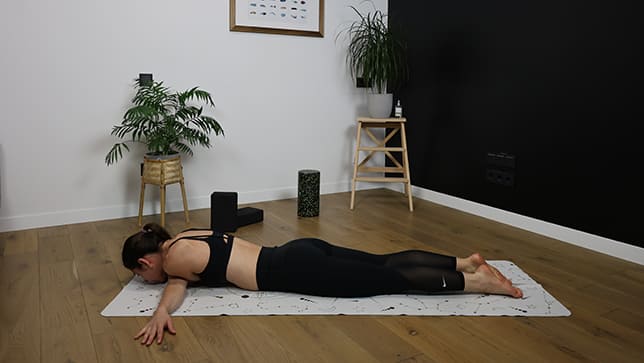

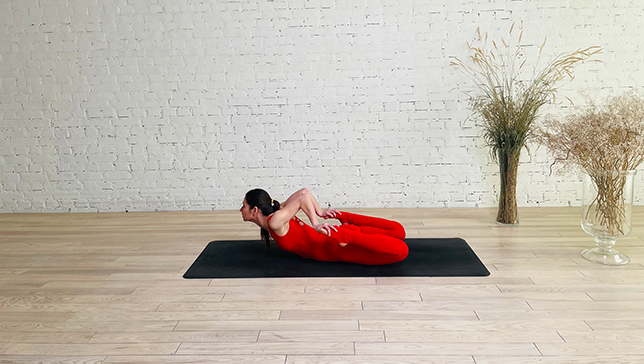
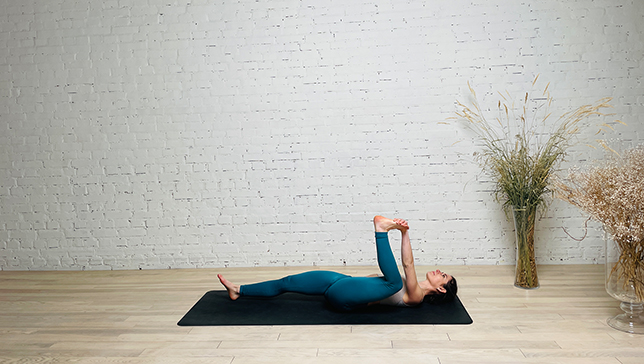
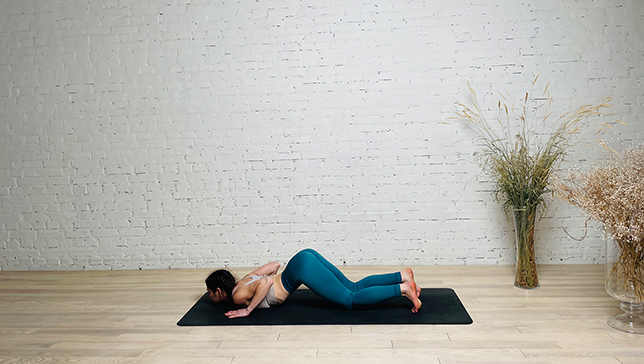
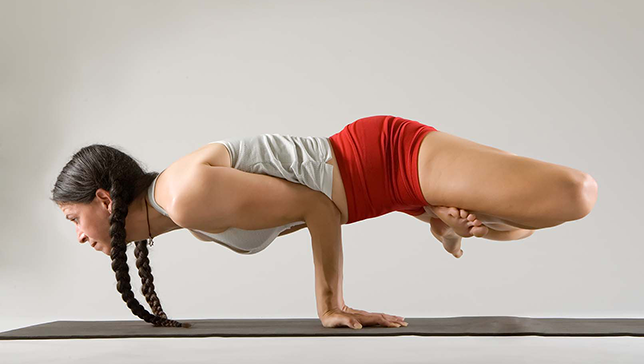
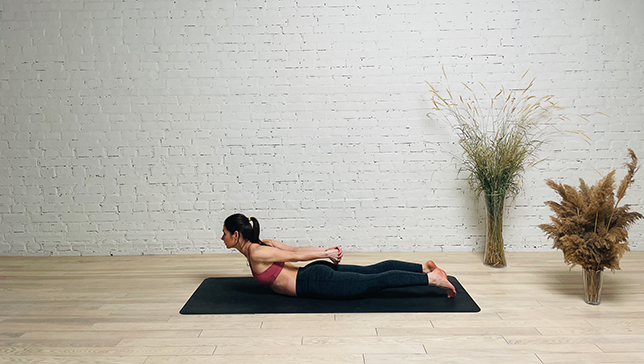

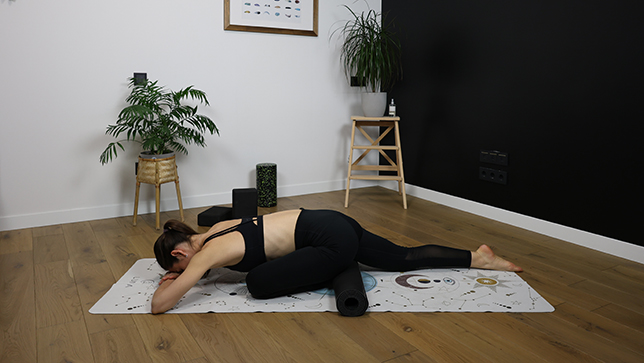
Prone yoga poses are yoga postures that are practiced while lying on the belly with the chest facing down. In these poses, the front of the body is in contact with the mat, and the back is facing up. Prone poses can be beneficial for strengthening the back muscles, improving posture, and stretching the front of the body.









These prone yoga poses offer various benefits, including back strength, flexibility, spine health, and relaxation. As with any yoga practice, it’s essential to approach these poses mindfully and practice with proper alignment and awareness of your body’s limitations.
Here are some types of prone yoga poses:
Strengthen back muscles and improve posture.
Stretch and open the chest and shoulders.
Improve flexibility and mobility in the spine.
Stimulate abdominal organs and aid digestion.
Relieve tension in the lower back and neck.
Enhance lung capacity and breath awareness.
Severe back injuries or acute pain in the spine.
Pregnancy (avoid deep or intense prone poses).
Recent abdominal surgeries or hernias.